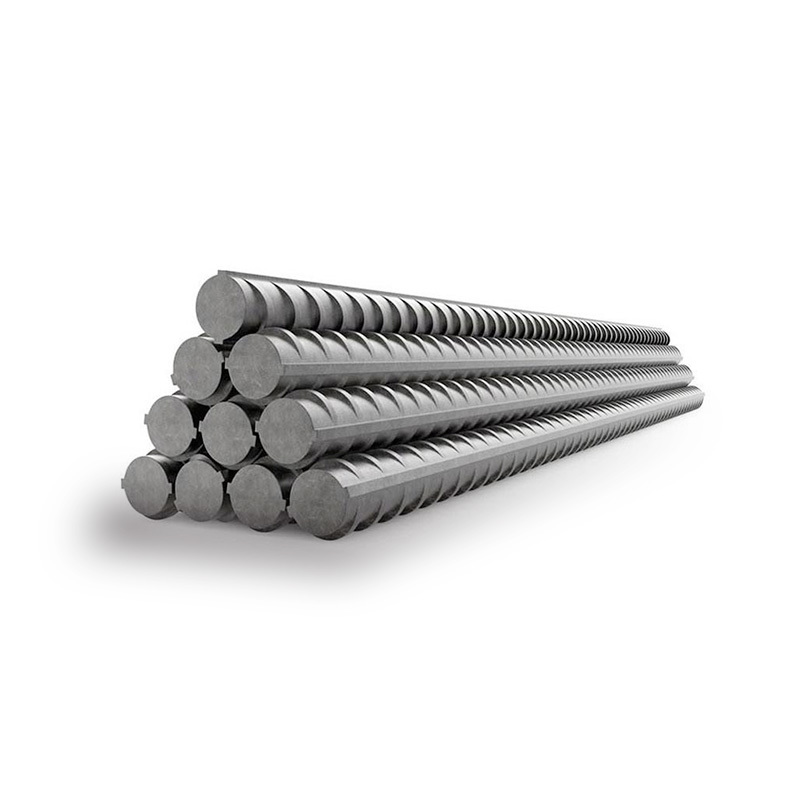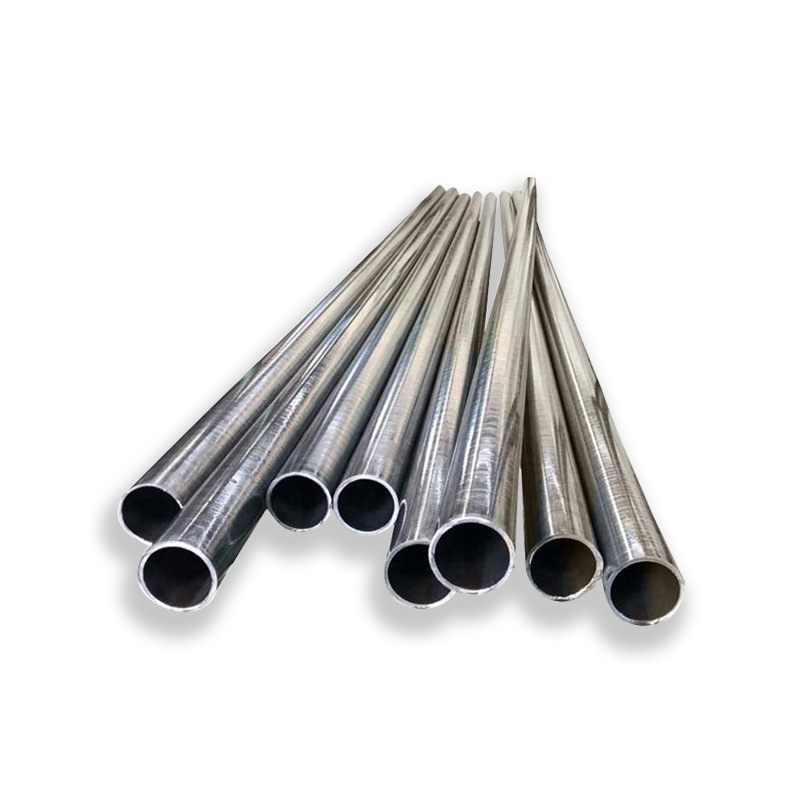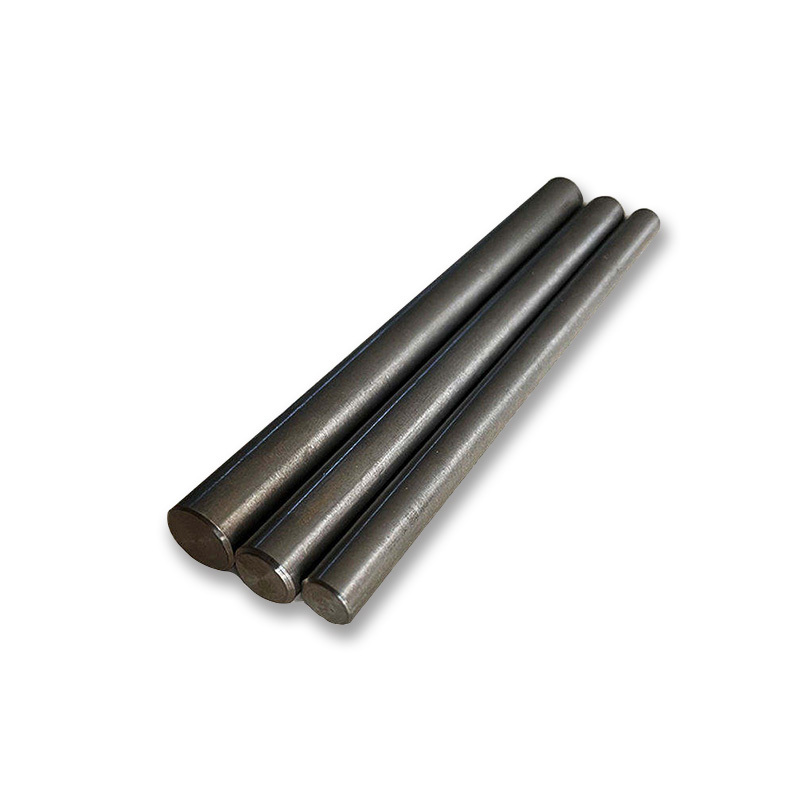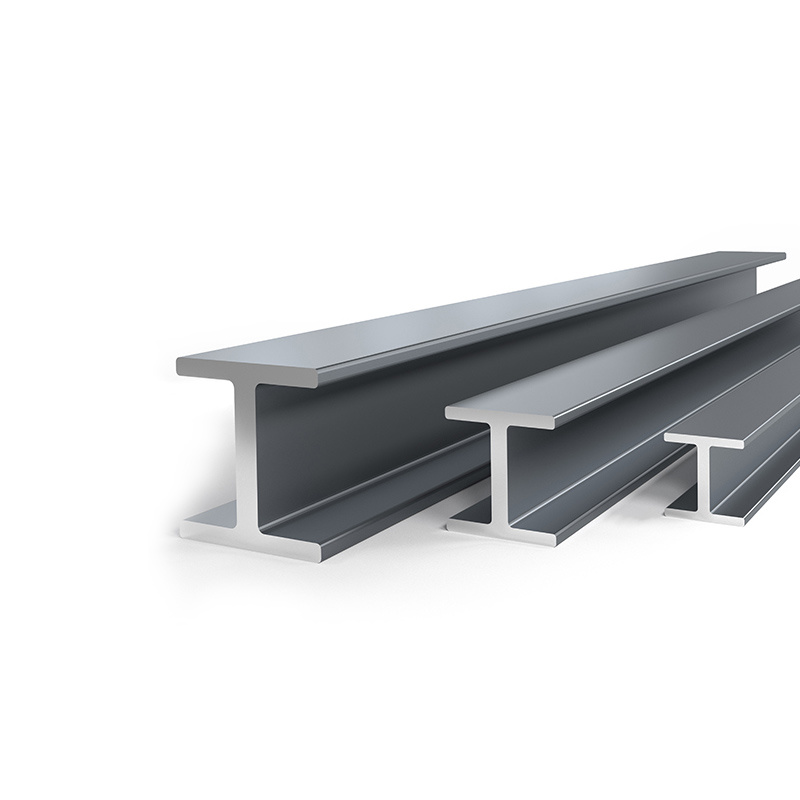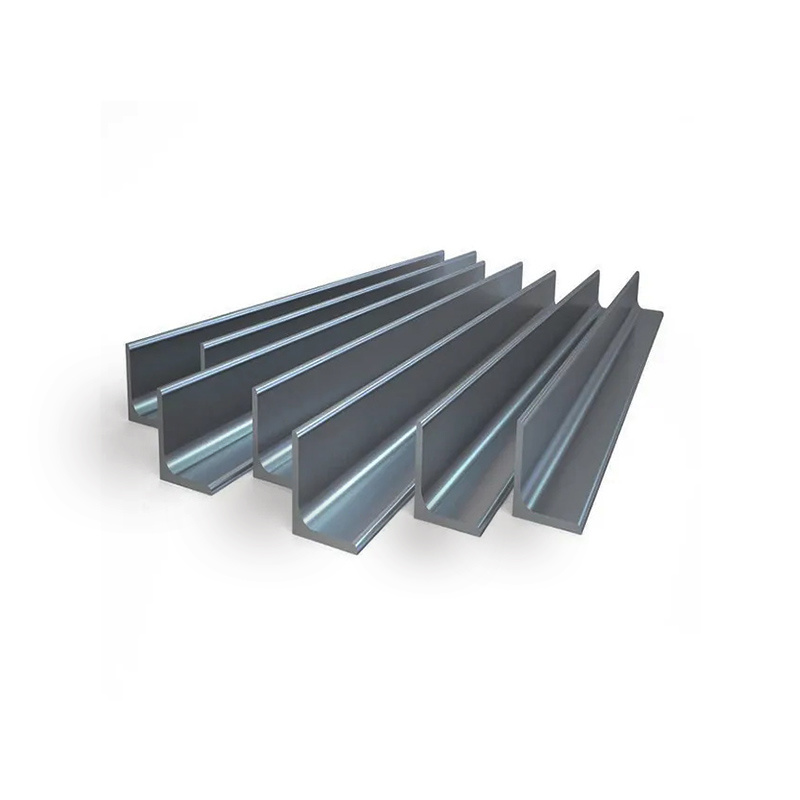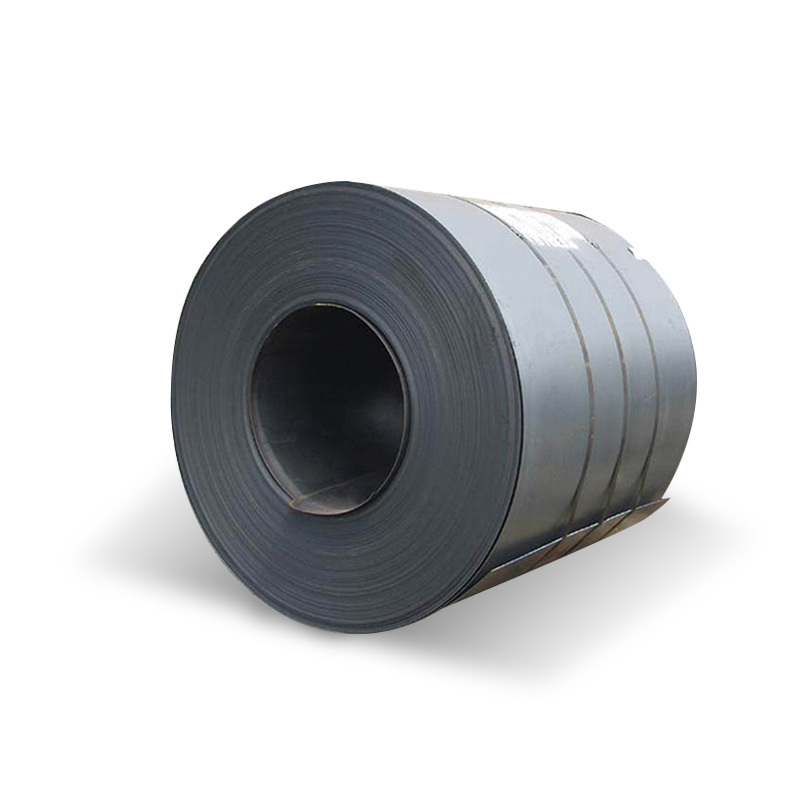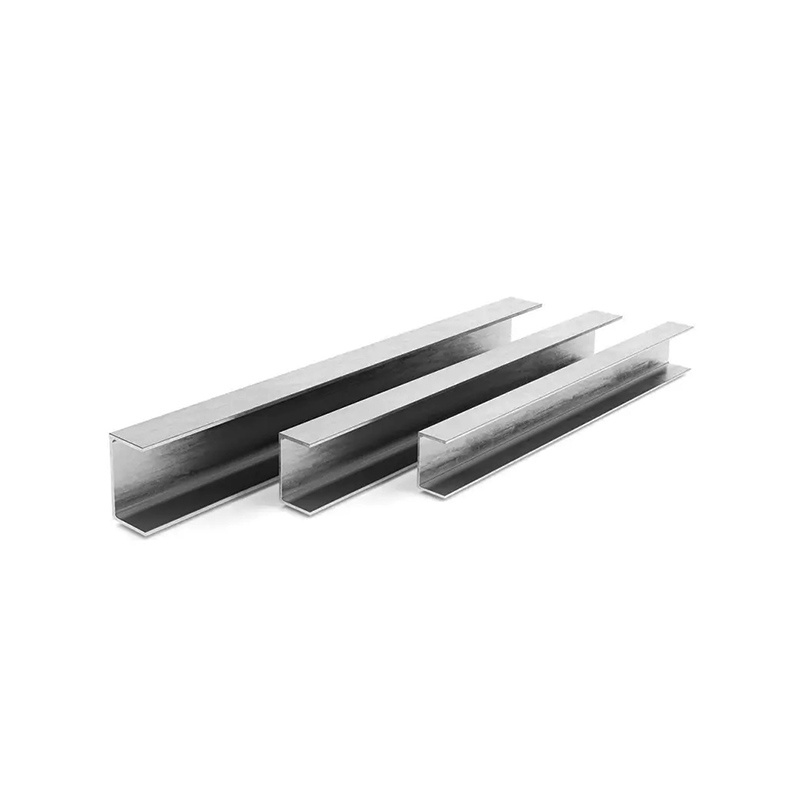PRODUCT CENTER
CONTACT US
If you are interested in cooperation, please contact us immediately, we will give you feedback as soon as possible!
Mobile
HPB300/HRB335/HRB400/HRB500 Reinforcement
B1499.2-2007 is a European standard steel bar. Generally, GB1499.2-2007 standard deformed steel bars are made using the hot-rolled method, meaning that these are the most common types of deformed steel bars. These are available in different lengths and sizes, all the way from 6 mm in diameter to 50 mm in diameter. When it comes to length, 9 m and 12 m are the common sizes.
A179 seamless cold drawn low carbon steel pipe is equivalent to China's No. 10 high-quality low-carbon steel. A179 is suitable for cold-drawn high-quality low-carbon seamless steel pipes for heat exchangers and condensers.
A36 is a low-carbon steel containing trace amounts of manganese, phosphorus, sulfur, silicon and other elements such as copper. A36 has good weldability and high yield strength, and is the most specified structural steel plate by engineers. ASTM A36 is most commonly manufactured as a variety of structural steel parts. This grade is used for welded, bolted or riveted construction of bridges and buildings, as well as for general structural purposes. Due to its lowest yield point, A36 can be used to design lighter-weight structures and equipment, and provide good weldability.
H-beam is a more optimized cross-sectional area distribution, more reasonable than the economic section of high-efficiency profiles, because of its section and the English letter "H" the same name. Since all parts of the H-beam are arranged at right angles, the H-beam has the advantages of strong bending resistance, simple construction, cost saving and light structure in all directions, and has been widely used.
Galvanized angle steel is divided into hot-dip galvanized angle steel and cold galvanized angle steel. Hot dip galvanized angle steel is also called hot dip galvanized angle steel or hot dip galvanized angle steel. The cold galvanized coating mainly ensures the full contact between zinc powder and steel through electrochemical principle, and generates electrode potential difference for anti-corrosion. Hot dip galvanized angle steel is also called hot dip galvanized angle steel or hot dip galvanized angle steel. It is to immerse the angle steel after derusting in molten zinc melted at about 500 ℃ to attach a zinc layer to the surface of the angle steel, thus achieving the purpose of anti-corrosion. It is suitable for strong corrosive environments such as various strong acids and alkali fogs. The cold galvanizing process is used to protect the metal from corrosion. For this purpose, a coating of zinc filler is used. It is applied to the protected surface by any coating method and dried to form a zinc filler coating with a content of zinc in the dried coating (up to 95%). Suitable for repair work (I. e., during repair work, only where the protected steel surface is damaged, the surface can be recoated as long as it is repaired). The cold galvanizing process is used for corrosion protection of various steel products and structures.
ASTM A283 is a carbon steel coil used for general structural purposes. The steel has low and medium tensile strength. The ASTM A283 steel specification covers four structural quality grades of mild steel, grades A, B, C, and D, for general application.
Hot-dip galvanized channel steel is also called hot-dip galvanized channel steel and hot-dip galvanized channel steel. It is an effective metal anti-corrosion method and is mainly used in metal structural facilities in various industries. It is to immerse the channel steel after derusting in the molten zinc of about 440~460 ℃, so that the zinc layer is attached to the surface of the channel steel, thus achieving the purpose of anti-corrosion. Now the main method of galvanizing the surface of the channel steel is hot dip galvanizing.
AISI/SAE 1025 Carbon Steel Bar
1025 carbon steel is a steel that contains only carbon as its main alloying element. These steels also contain 0.4 percent silicon and 1.2 percent manganese. Small amounts of copper, nickel, molybdenum, aluminum and chromium can also be detected in carbon steel.


